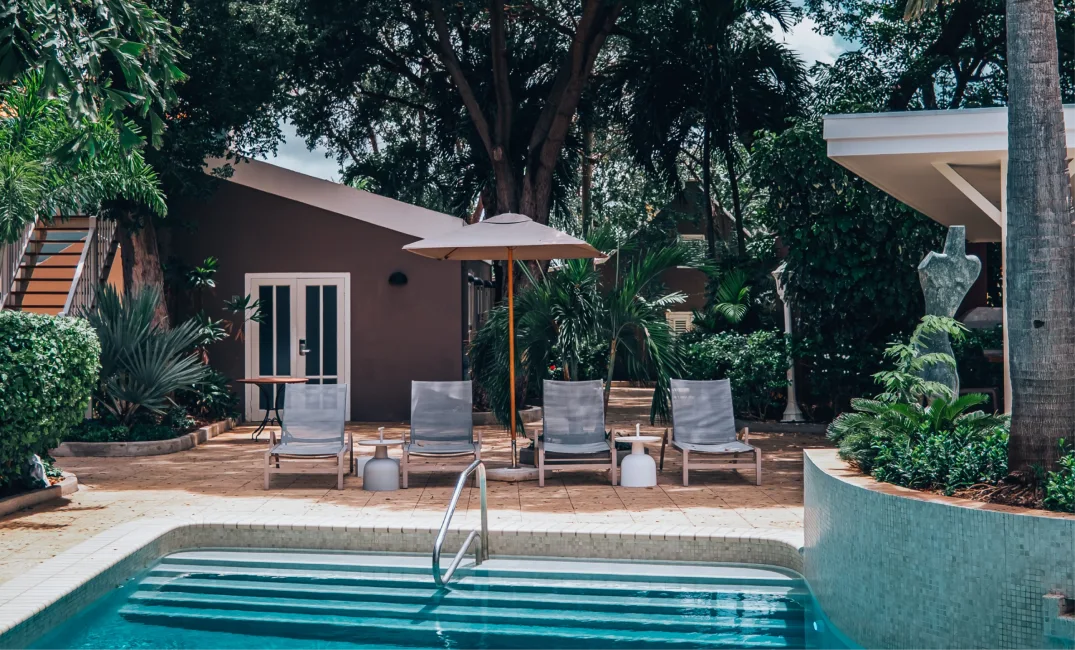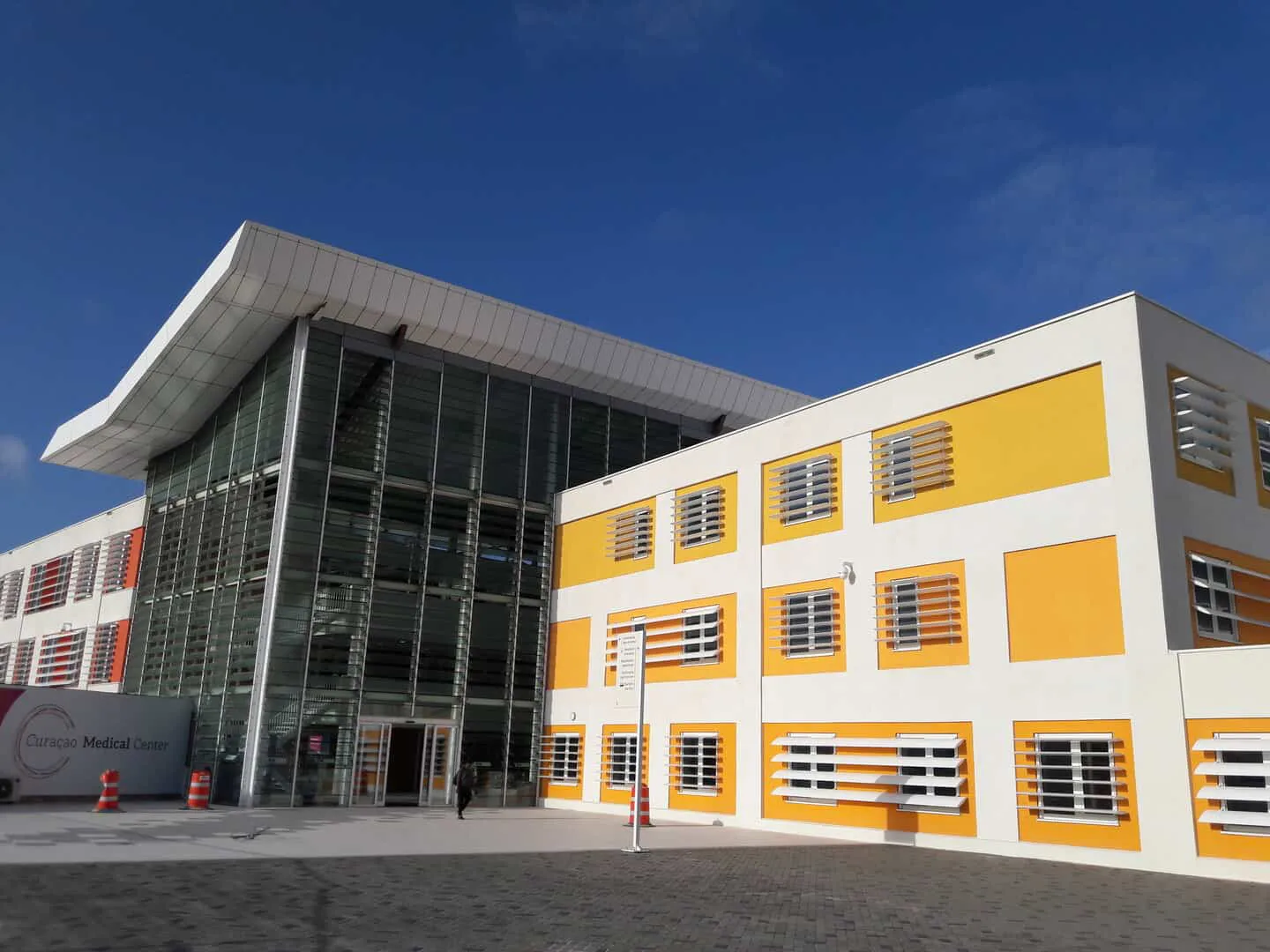St. Elizabeth Hospital (SEHOS) is the old hospital located in the Kura Hulanda Village in the Otrobanda district. On Dec. 3, 1855, Monsignor Ferdinand Kieckens, with the support of the Franciscan nuns of Breda, founded this first nursing home, the St. Mary’s Hospital. Elisabeth Hostpital. In the beginning, mainly leprosy patients and people with intellectual disabilities received attention. Over time, the hospice grew into a hospital and a school for medical professionals.
Contents
Largest hospital
SEHOS, one of Curaçao’s major employers, was the most comprehensive hospital within the Netherlands Antilles with 740 beds. Since its opening, this main hospital has undergone rapid modernization. The quality of living conditions improved, the number of available beds increased, the number of medical operations and nursing care grew, and the number of doctors and nurses expanded. The hospital grew from a small hospice to a full-fledged facility for the poor who did not have access to home care.
Consequently, the vast majority of the population was born in the SEHOS. As a result, it grew to become the largest hospital in the Netherlands Antilles. It also served as a training center for medical personnel from the Netherlands and surrounding areas, including nurses, operating room assistants and pharmacy assistants. Over the years, the hospital has played an important role in the lives of both current and past patients. Entire generations have been nursed at the hospice.
The buildings
The earliest wings of the hospital were built sometime between 1855 and 1898. Since that time, the building has been periodically enlarged and adapted to the influx of patients and improvements in medical science and health care. The original design has been modified many times, so the complex has multiple construction eras. The earliest concept, practically none of which exists today, was a pavilion system made of a series of structures. The hospital underwent extensive expansion and partial reconstruction in the early twentieth century due to a severe lack of available space.
Before the 1990s, the hospital was divided into sections where patients of both sexes, social groups and professional backgrounds were treated separately from each other. There were rooms for the less fortunate, a wing for elderly residents and several 1st, 2nd and 3rd class rooms. The lower floors housed the island’s underprivileged. Here, then, were most of the rooms.
Above them were the quarters of the second class. The first-class rooms were huge and they were all located on the upper floors, where the wind could blow freely and the galleries could keep the space cool. CM. Baker added the chapel and west wing in the 1920s, and further additions and changes were made in the 1940s and 1950s.
Airy layout
Clustering the buildings around a patio also allowed the rooms on the leeward side of the complex to benefit from the wind. In addition, galleries, deep window niches, screens, overhanging balconies and custom colors were used to reduce glare from the sun. The building’s airflow could be controlled by tilting louvers.
The modernist east wing of the hospital was designed by Ben Smit in 1956. His focus on patient comfort was central to the design. Primarily, adequate ventilation was required. A favorable lie to the sun was also crucial to maintaining a comfortable indoor temperature.
A concrete awning was installed in the ridge, complete with movable and adjustable slats on the south side and turn hatch windows in the middle. Patients could enjoy the outdoors and the benefits of nature by having easy access to gardens. The children’s area that Smit designed had extra-wide corridors so children could run in and out.
Curaçao Medical Center
Sint-Elisabeth Hospital has been partially dismantled to make way for a new hospital: Curaçao Medical Center (CMC), set to open in 2019. This hospital is a new building and currently the largest hospital on the island in terms of size. It is the Curaçao Medical Center the only place in Curaçao with an intensive care department and a full-service emergency department. Hospital Nobo Otrobanda is the entity responsible for the management, training of professionals at St. Francis Hospital. Elisabeth Hospital, recruitment, planning, transition and delivery of the new hospital. The SEHOS building, which covers 18,500 square meters, is now being repurposed.

Experience the essence of Curaçao at Kura Botanica
Spread over an eight-block area, this property offers a unique luxury experience in a botanical and tranquil retreat, offering complete privacy and intimacy.

